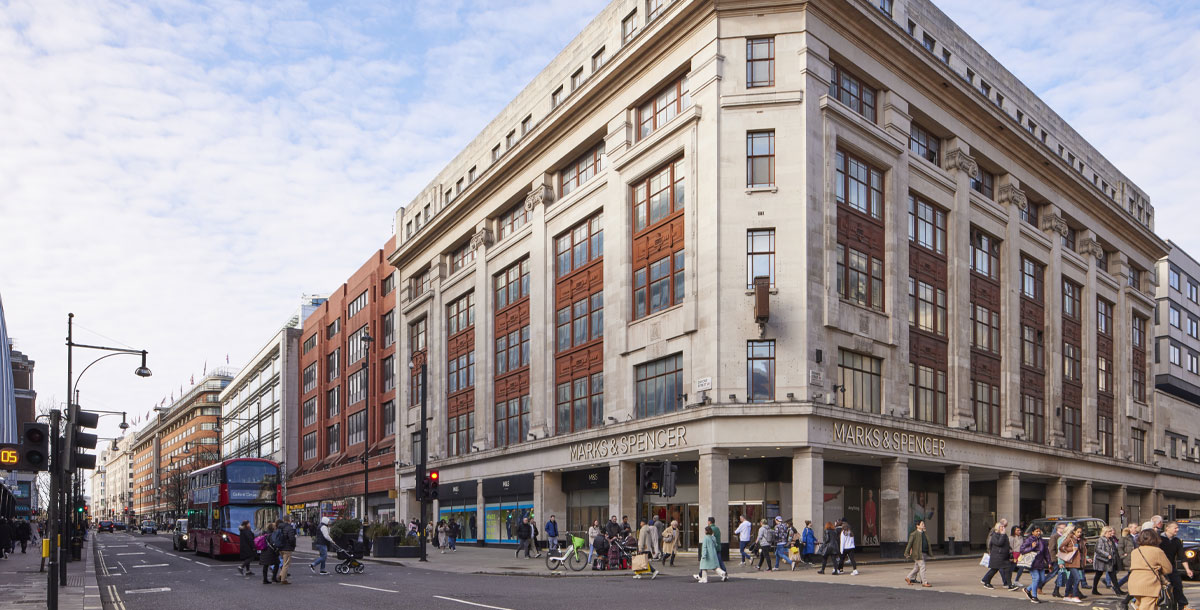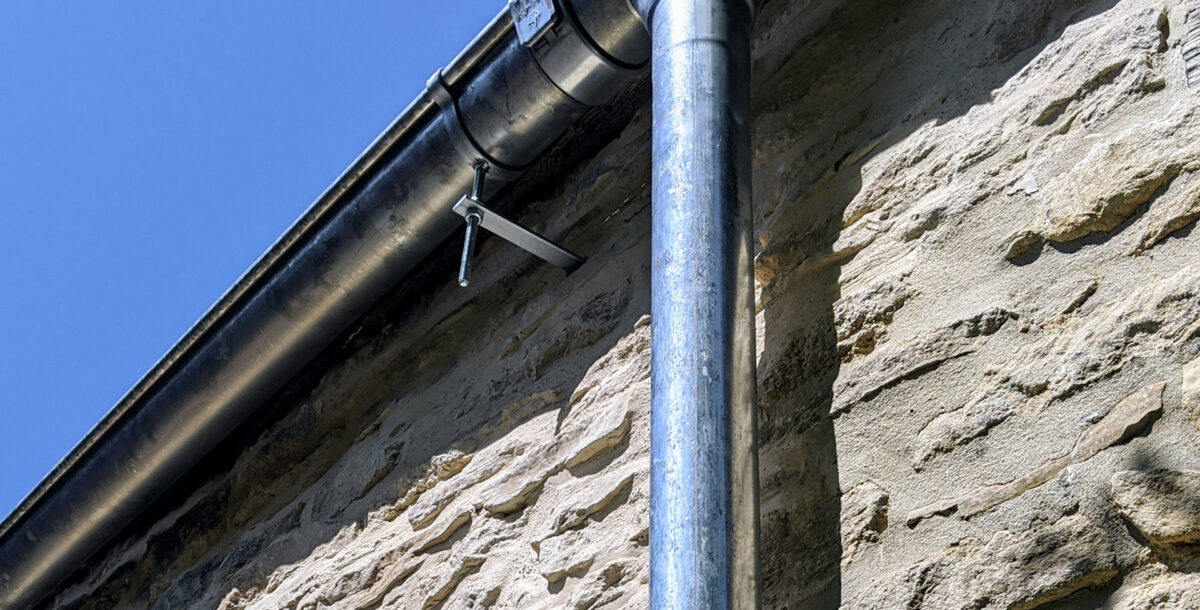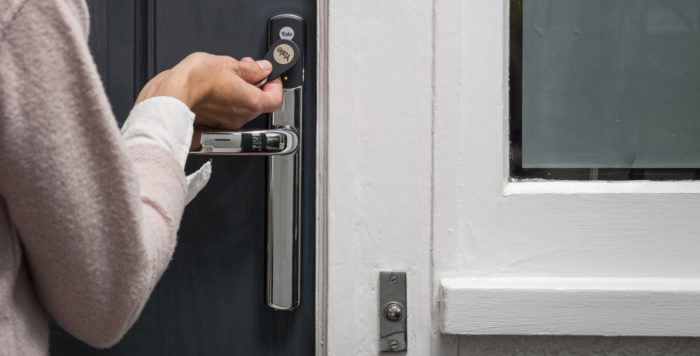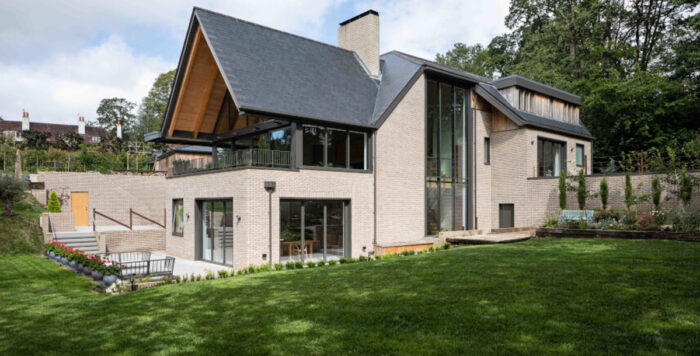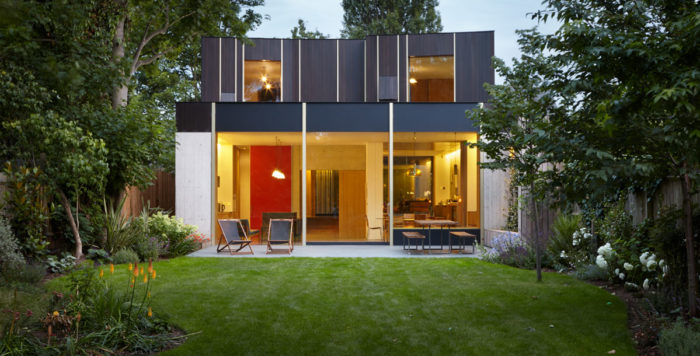Kevin McCloud on safeguarding old buildings
Demolishing perfectly good buildings isn’t just a waste of resources, it’s an affront to their – and our – integrity
There is a new edition of the Old House Handbook out. This may not have been flagged up on your Kindle, but if you don’t have a copy and you love old buildings, I urge you to buy one. Or order it for a deserving homeowner’s stocking in December.
It is published in association with the Society for the Protection of Ancient Buildings (SPAB) and mainly directed at people who like getting their hands dirty and repairing old things, although its authors, Roger Hunt and Marianne Suhr, are good at conveying the nuances of conservation philosophy and the difficulties of figuring out what to do with an old building.
The new edition is revised to include hot topics such as hot lime, which, like hot news and hot pants, has become all the rage if your social circle includes conservation brick layers and stonemasons.
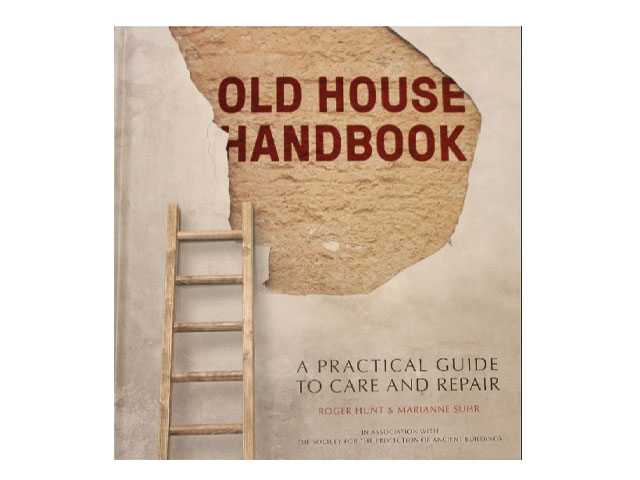
Old House Handbook by Roger Hunt and Marianne Suhr
Mine does and I make no apology for that. It’s an enjoyable thing to share the magic of older buildings and the stories of how they were put together differently, in ways that have varied through time and from place to place.
Subsequently the vagaries of place, the ravages of time and human intervention have gone to work and altered those buildings, adding layers of meaning and interest.
All this change and value applies to Edwardian office blocks and 1950s council buildings as much as medieval manors. I supported the Save Britain’s Heritage campaign to prevent Marks & Spencer demolishing its early 20th-century flagship store on Oxford Street, central London, in order to replace it with a ten-storey office block.
In July secretary of state Michael Gove refused planning permission, ruling in favour of Save. Henrietta Billings, one of Save’s directors, said the decision ‘challenges the way we continually and needlessly knock down and rebuild important buildings across our towns and cities. Repurposing and converting buildings we cherish and saving thousands of tonnes of CO2 in the process is a no-brainer.’
Her words reminded me of something the great 19th-century designer and philosopher William Morris wrote in the SPAB’s manifesto. ‘As good buildings age, the bond with their sites strengthens. A beautiful, interesting, or simply ancient building still belongs where it stands, however corrupted that place may have become. Use and adaptation of buildings leave their marks and these, in time, we also see as aspects of the building’s integrity.’
For Morris, the accretion of the marks of time, decay and weathering were as significant as the scratches made on the planet by mankind.
He celebrated the way in which all human work gently decays, reminding us as it does of our connection to the natural world through how we work it. We take a piece of cliff, cut, carve and polish it into the most valuable object, then watch as the universe claims it once more and weathers it slowly back to rock. Steel returns to iron ore grit, brick eventually splinters back to dust.
However, it is possible to make so much of our made world last so much longer – and desirable too – so its meaning can rattle down through the ages with authenticity and energy. Bricks in Roman walls can still speak to us of life 2,000 years ago just as the Marks & Spencer store’s carved limestone façade speaks of the proud commercial confidence of the late 1920s.
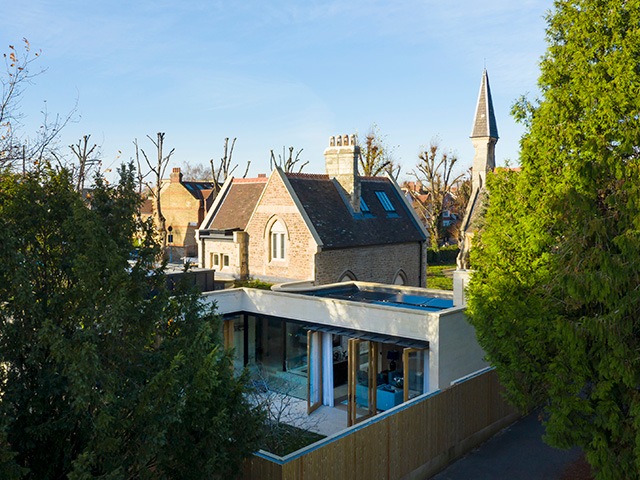
A restored and extended cemetery lodge in south-west London. Photo: Jefferson Smith
This suggests that it is a noble thing to make something last, to conserve it and cherish it so that our children and grandchildren can experience the solemn joy of making unalloyed contact with the past through an object or a space.
Our privilege as a species is that not only can we create, we can also maintain. We have the talent and the imagination to stave off decay.
We have also the sensitivity to detect in that staving a meaning that transcends our own frail mortality. In other words, by making something last we make our influence felt long after we have gone.
Moreover, gentle sympathetic repair will always assist in making the time-travel contact for future generations as unalloyed as possible, unclouded by heavy weight restoration or a fake invented narrative.
That phrase, ‘gentle, sympathetic repair’, is the guiding principle of Old House Handbook. Delicate, nonaggressive repair. Attentive, informed repair. Which seems, at times these days, unfashionable and fussy.
Why not knock down a cumbersome retail store on Oxford Street as long as we retain its façade? Or remove all that soft rubbish timber on an ancient oak beam and scrape it back to a clean, hard finish? Or add just a little white cement to that lime mortar mix to get a quicker set before teatime?
The answer is because such decisions come back to haunt us. Because buildings decay faster when they’re not repaired properly and their value decays faster when their narrative story is not maintained honestly. Both physically and spiritually they lose the integrity William Morris wrote about.
We need more books like Roger Hunt and Marianne Suhr’s, just as we need more decisions from secretaries of state that weigh in favour of keeping more old buildings.
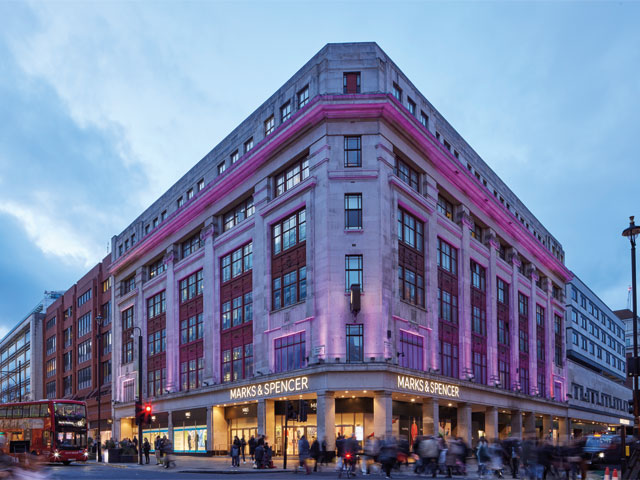
The Marks & Spencer flagship store on Oxford Street, London. Photo: Matthew Andrews
The threats our buildings face are legion. They include hastily drafted legislation from short-sighted governments; ragged loopholes in the planning system; a chronic decade-old under-manning of conservation departments; climate change; a hollowed-out supply chain in construction; inflation; and the newly fashionable libertarian suspicion that expertise, regulation, empirical research and scholarship should not be trusted.
By contrast, the excellent work done by Save, the SPAB and other similar organisations feels like a firm and faithful declaration of trust.

